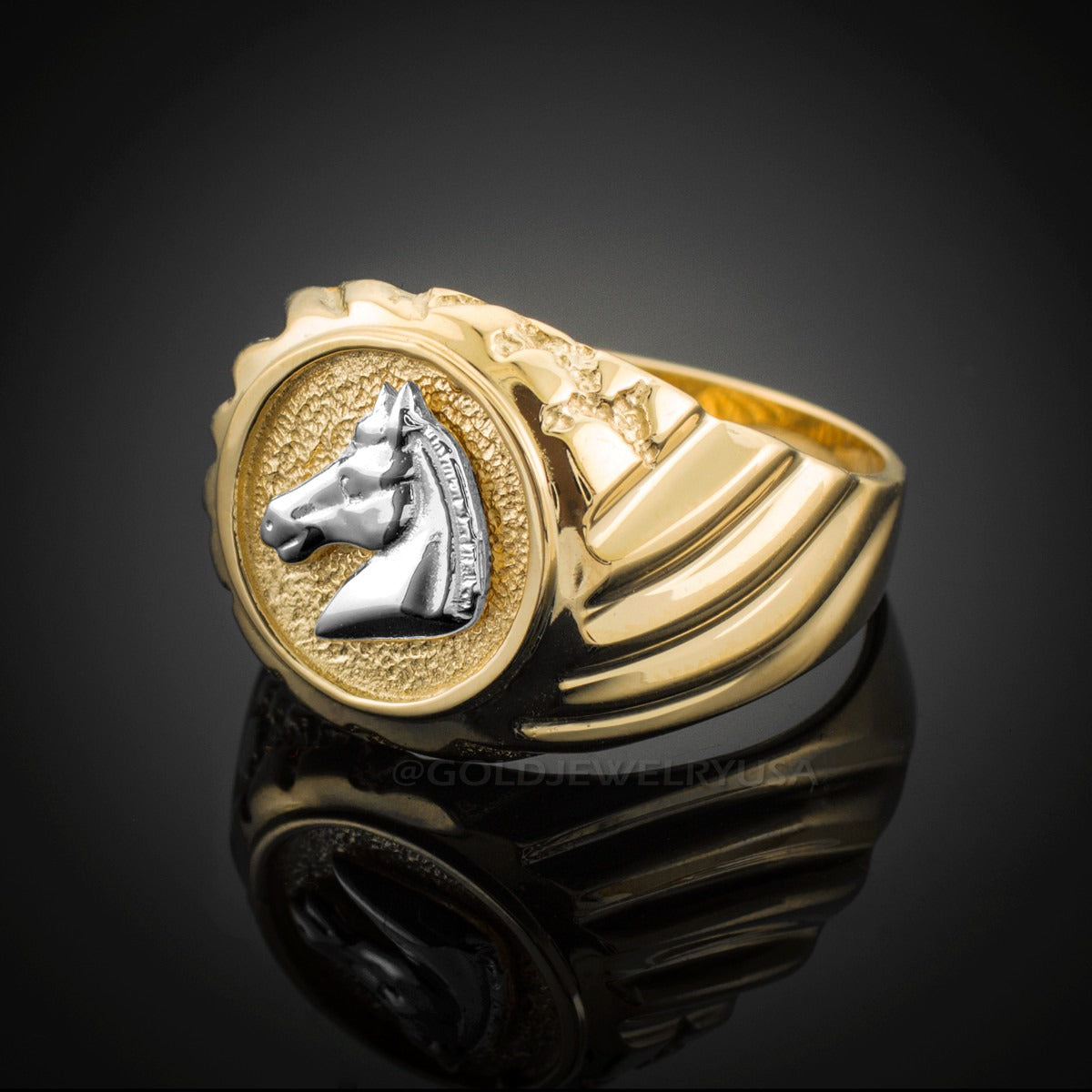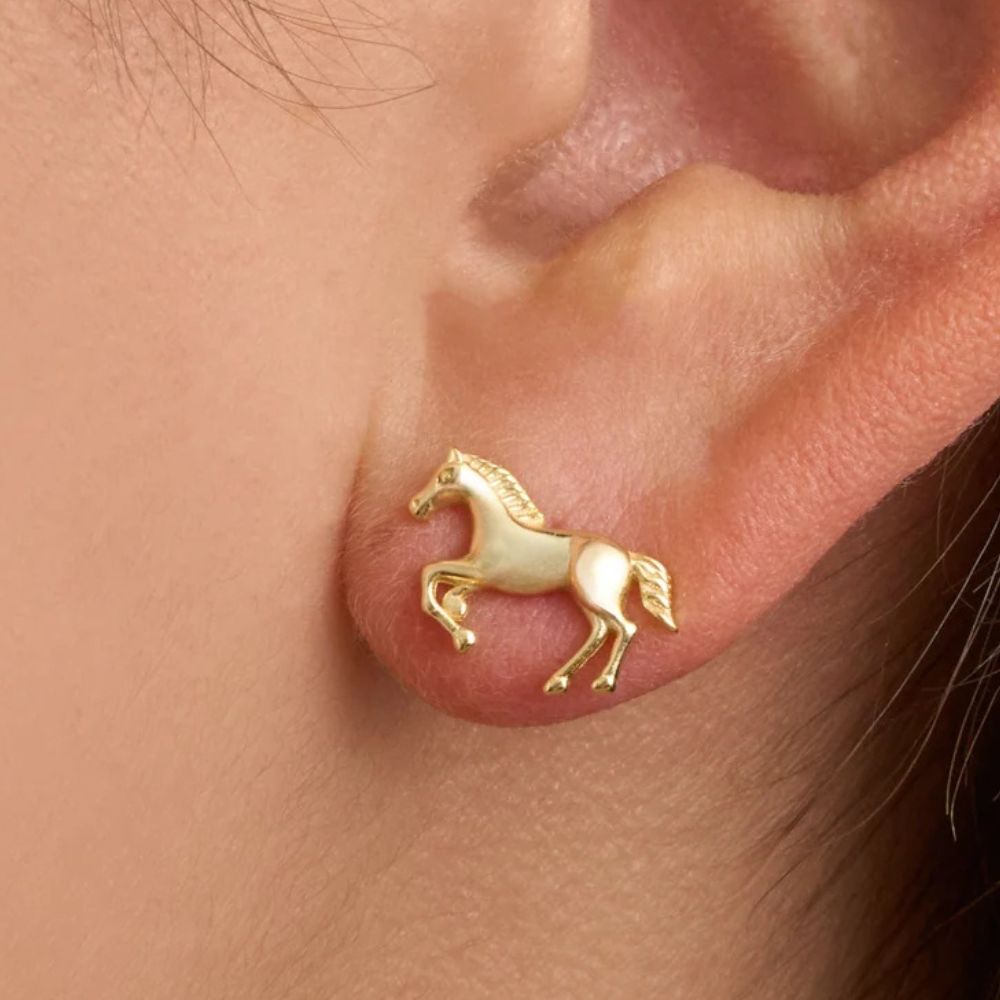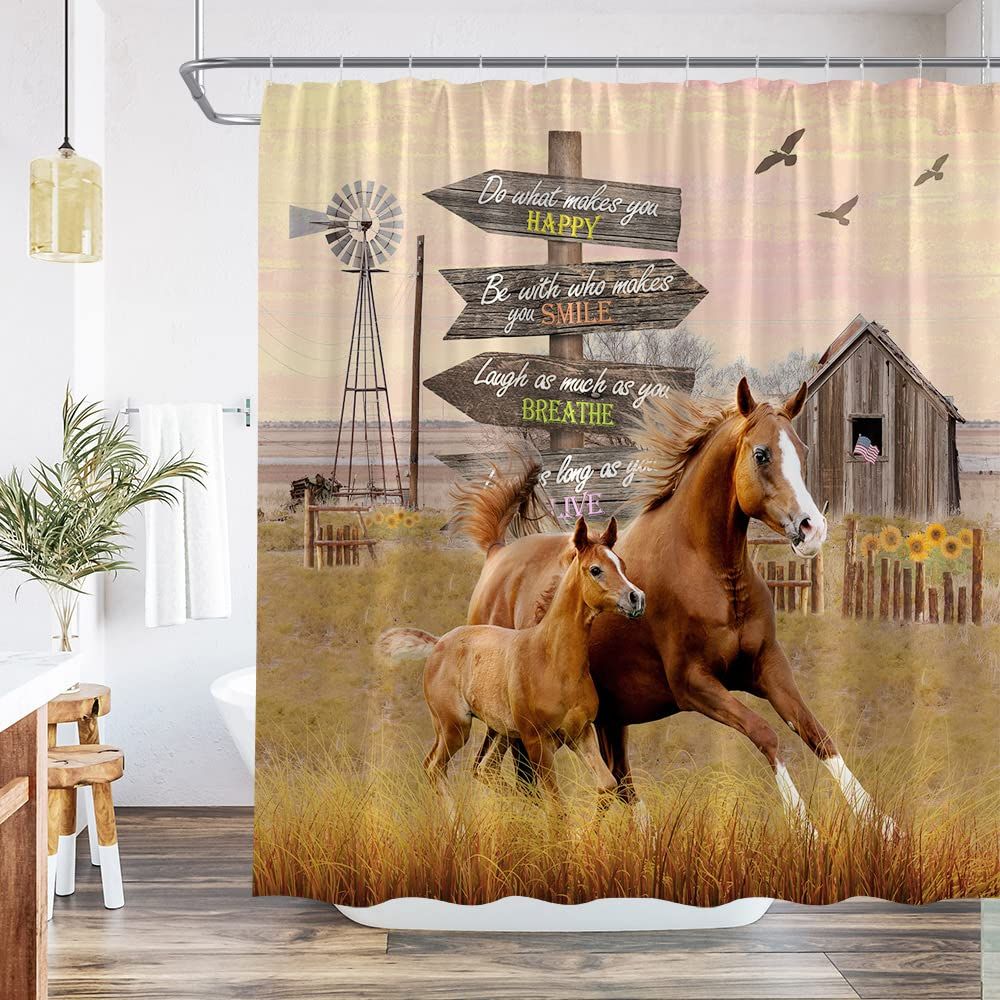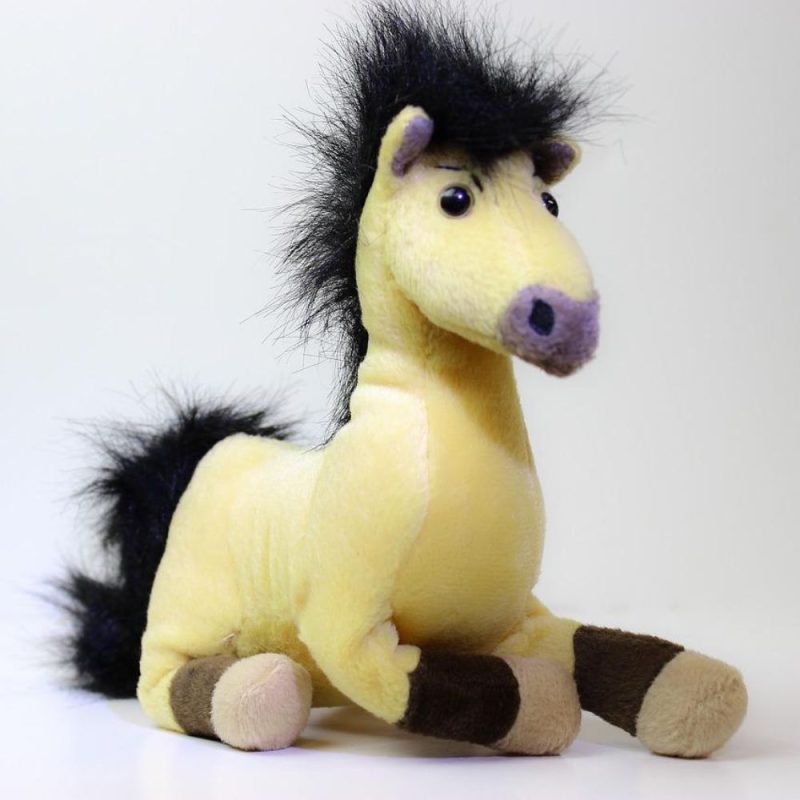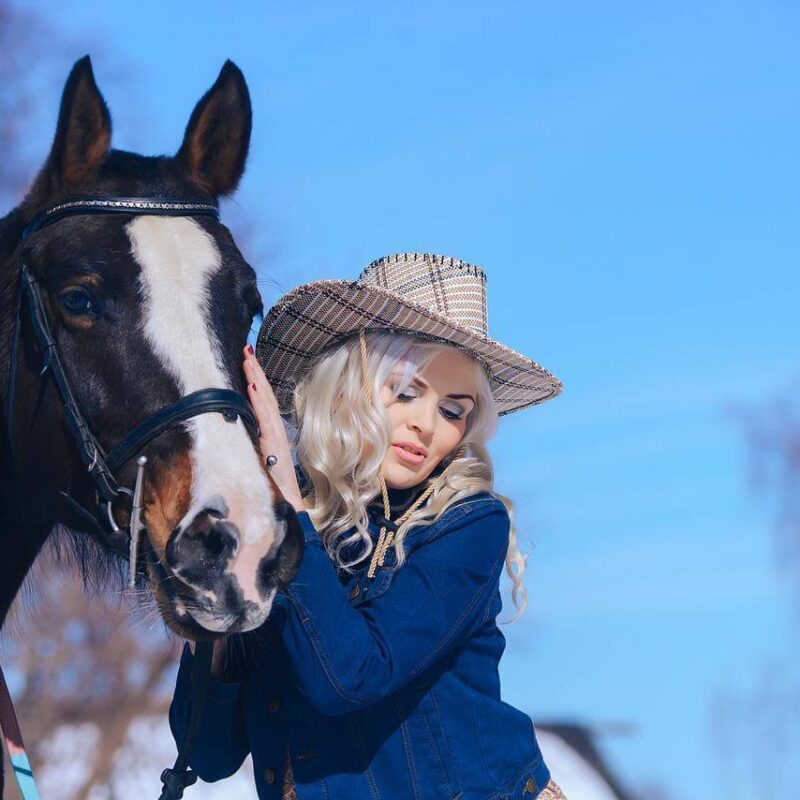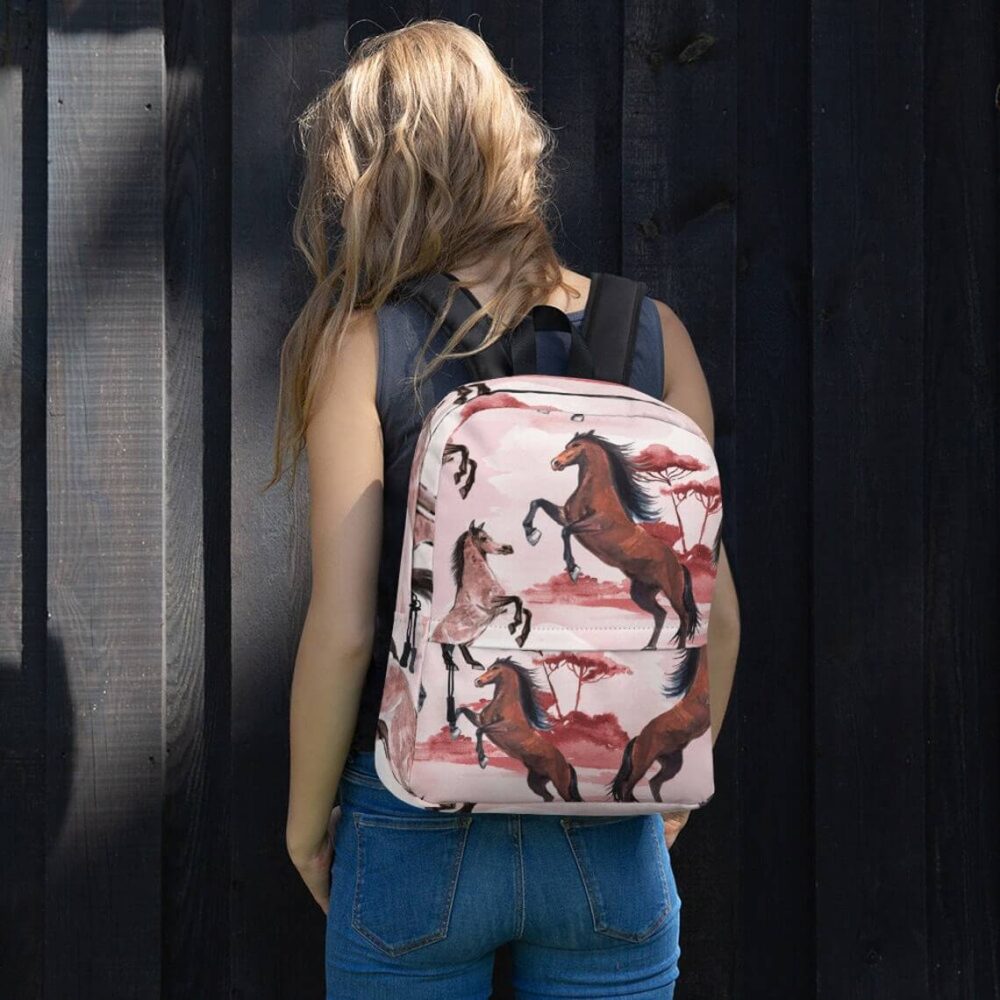
Do Coyotes Attack Horses? 5 Shocking Facts Every Owner Must Know
The whinny of a startled horse pierces the quiet night—hooves thudding against the earth as shadows dart along the fence line. Could one of those shadows be a coyote, sizing up your horse as prey? While we often picture these cunning canines stalking smaller animals, the truth about coyotes and horses might unsettle even seasoned owners. Let’s dive into the reality behind these encounters, separating myth from life-saving fact. 🐺
Yes, Coyotes Can Target Horses—Here’s When and Why
At first glance, a full-grown horse seems like an unlikely meal for a coyote. But nature doesn’t always play by logic. While coyotes rarely attack healthy adult horses, they’ve been known to go after foals, sick, or injured equines—especially in desperate conditions like drought or food scarcity. A 2021 study in the Journal of Wildlife Management found that foal predation accounted for nearly 12% of coyote-related livestock losses in some regions. And let’s be honest: a hungry coyote pack is bolder than you’d expect.
Even more chilling? Coyotes are opportunists. They’ll test boundaries, sometimes harassing horses to exhaustion or cornering isolated individuals. There are documented cases of coyote attacks on horses leaving severe leg injuries or triggering fatal panic. So while your 1,200-pound gelding isn’t a typical target, dismissing the risk entirely could be a costly mistake.
5 Shocking Facts About Coyote Behavior and Horses
1. Packs Will Coordinate to Separate Foals from Mares
Coyotes are smarter than we give them credit for. In a tactic eerily similar to wolf hunts, coyote packs have been observed splitting up to distract a mare while others target her foal. USDA reports note this behavior peaks in spring—foaling season—when desperate parents scavenging for pups ramp up aggression.
2. Night Isn’t the Only Danger Zone
Dawn and dusk are prime times for attacks. Coyotes thrive in low light, but midday isn’t safe either if your horse is alone in a remote pasture. A Wyoming rancher recounted a 2022 incident where a gelding was ambushed at noon after wandering near tree cover. Stay vigilant 🕶️.
3. They’re Learning to Avoid Human Deterrents
Motion lights or occasional gunfire? Coyotes adapt fast. Researchers found that some packs now ignore non-lethal deterrents within weeks. Consistency and varied tactics—guard animals, secured fencing—are key.
4. Your Horse’s Feed Might Attract Them
Spilled grain or alfalfa isn’t just a rodent magnet. Coyotes drawn by easy meals may linger, increasing curiosity about your herd. Store feed securely, and clean up leftovers before dusk.
5. Even a Chase Can Cause Devastating Injury
No physical contact? No problem—for the coyote. Horses fleeing in terror have shattered legs on uneven terrain or collided with fences. Stress alone can trigger colic or founder in susceptible animals.
How to Protect Your Herd: Proactive Measures That Work
Guard animals like donkeys or livestock dogs (Great Pyrenees are stellar) cut predation rates by up to 80%, per Texas A&M studies. Physical barriers matter too:
- Hotwire fencing at coyote-height (18 inches off the ground)
- Secure nighttime stalls for foals and vulnerable horses
- Motion-activated sprinklers near high-risk areas
And here’s a controversial tip: occasional human presence changes the game. Frequency trumps duration—walking pastures randomly teaches coyotes that humans are unpredictable.
When Nature and Nurture Collide: A Call for Balance
Coyotes aren’t villains; they’re survivors in shrinking habitats. But so are our horses. The best defense blends respect for wildlife with unshakable preparedness. After that heart-stopping moment when your mare snorts at the tree line, you’ll sleep easier knowing you’ve sealed the gaps—literally and figuratively.
So keep those fences sturdy, those foals close, and that feed locked up. Because whether it’s a coyote’s hunger or a horse’s flight instinct, nature always follows its own rules. And your job? Stay one step ahead. 🌄









